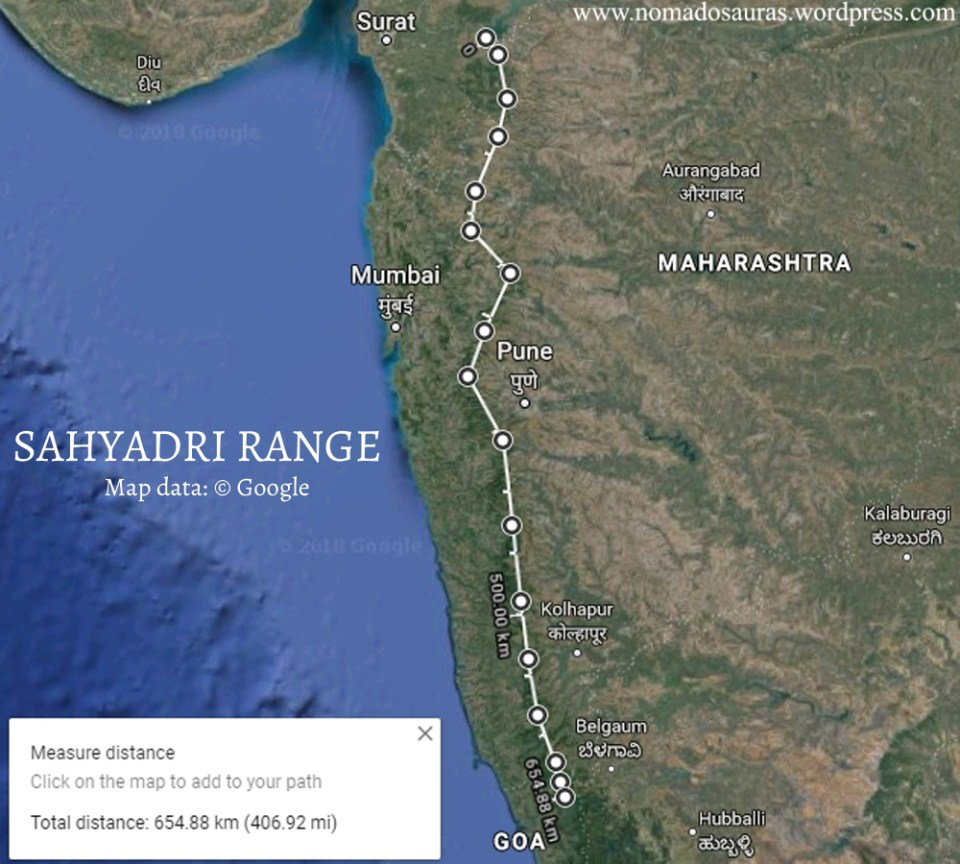Free Courses Sale ends Soon, Get It Now


Free Courses Sale ends Soon, Get It Now



Disclaimer: Copyright infringement not intended.
Context
The impact of land-use changes on the rocky habitats in the Sahyadri plateaus of Maharashtra, India.
Details
Focus of the Study
Impact of Changing Agricultural Trends
Need for Further Studies
Conservation Concerns
Establishing Baseline for Conservation
Support and Funding
About Sahyadri Plateau

Disclaimer: Copyright infringement not intended.
|
PRACTICE QUESTION Q) Discuss the ecological significance and environmental challenges of the Sahyadri Plateau (Deccan Plateau) in India. How can sustainable development be promoted to ensure the long-term conservation of this crucial region? (250 words) |
https://epaper.thehindu.com/ccidist-ws/th/th_delhi/issues/45368/OPS/G8SBHRJQ4.1+GBUBHRNNU.1.html
© 2024 iasgyan. All right reserved